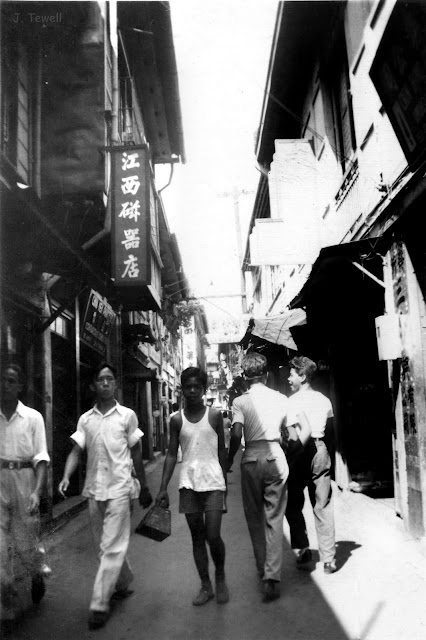by Iderlina MATEO-BABIANO and Hitoshi IEDA
People on the streets create a unique culture just by occupying its space. A usercentered design considers first and foremost the needs and behavior of these individuals as they utilize the street space. The paper examines street user behavior in Edo and colonial Manila. The historical context of street use provides potential constructs and concepts that would lead to improving street space. The premise is that due to a similar monsoon-based climate and forest environment origins, even with a contrasting development of street urban form, there is still an underlying similarity with respect to the use of street space in both Edo and
Manila. In-depth discussion centers on the sociology of street space as well as street user behavior examining in detail group attributes, individual attributes and user groupings to provide us proof of the presence of street culture brought about mainly by its users and the potential of reviving such culture to make it conducive for street use. Analysis will dwell on the significance of attributes, their level of similarity or dissimilarity as well as their frequency of occurrence and how the information may influence street space design.
 |
Manila, Philippines, Snapshot by a US Soldier mid 1940s, by John T Pilot |
 |
| every day activities in the streets of Manila, photo by kahunapulej |
more about urban sociology:




No comments:
Post a Comment